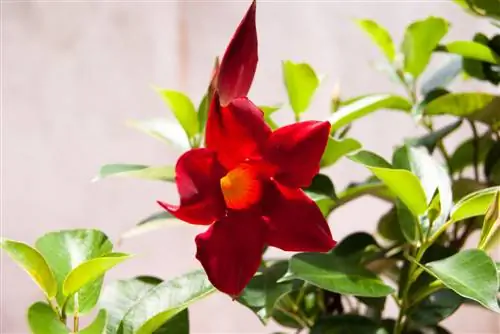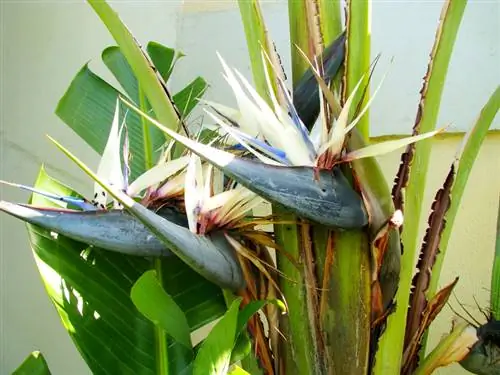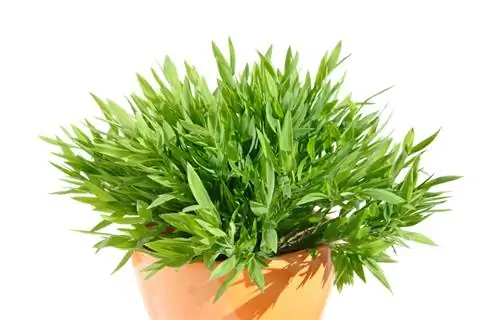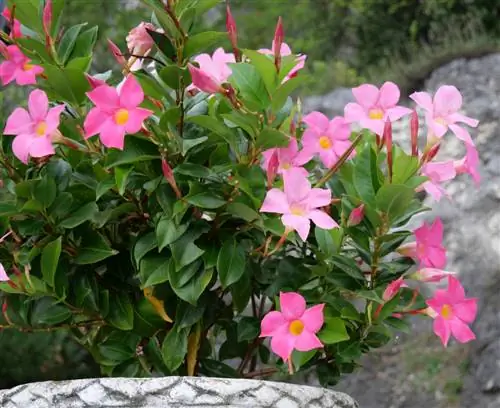- Author admin [email protected].
- Public 2023-12-16 16:46.
- Last modified 2025-01-23 11:22.
This Dipladenia variety is a breeding that emerged from Dipladenia sanderi (Mandevilla sanderi). It beautifies your balcony or terrace in the summer months with its bright red trumpet flowers and pretty, dark green foliage.

Is Dipladenia Sundaville hardy?
The Dipladenia Sundaville is not hardy and is sensitive to frost. In winter it should overwinter in an unheated winter garden or bright, cool stairwell at temperatures between 9 and 15 degrees and only be watered sparingly.
How hardy is Diplandenia Sundaville?
The Dipladenia Sundaville, which comes from the tropicsreacts very sensitively to frostand isnot hardy. If the temperatures fall below eight degrees, place they stop the growth. If the weather gets any colder, they freeze and die.
That's why you can only cultivate the attractive climbing plants outdoors in our latitudes in the summer months.
Where do I care for the Dipladenia Sundaville in winter?
Ideal for overwintering the Diplandenia Sundaville is anunheated winter gardenor abright, cool staircase. However, the temperature in the winter quarters must not fall below nine degrees, but it shouldn't be above 15 degrees.
If the plants are too warm in winter, they may not bloom next year. That's why it's not a good idea to cultivate the climbing plants in the warm living room during the winter months.
How do I care for the Dipladenia Sundaville in the winter months?
The non-hardy Dipladenia Sundavilleneedsin winter quartershardly any care:
- Water significantly less than in the summer months and only when the surface of the substrate feels dry.
- There is no fertilization until February.
- Check the Mandevilla regularly for diseases and pests.
Tip
Dipladenia Sundaville is a delightful houseplant
Since the Dipladenia Sundaville is very warm-loving, it can be well cared for as an indoor flower. Here it needs a bright location protected from midday sun. The Mandevilla cultivated indoors also needs to be kept cool in winter so that it sets many buds again the following summer.






